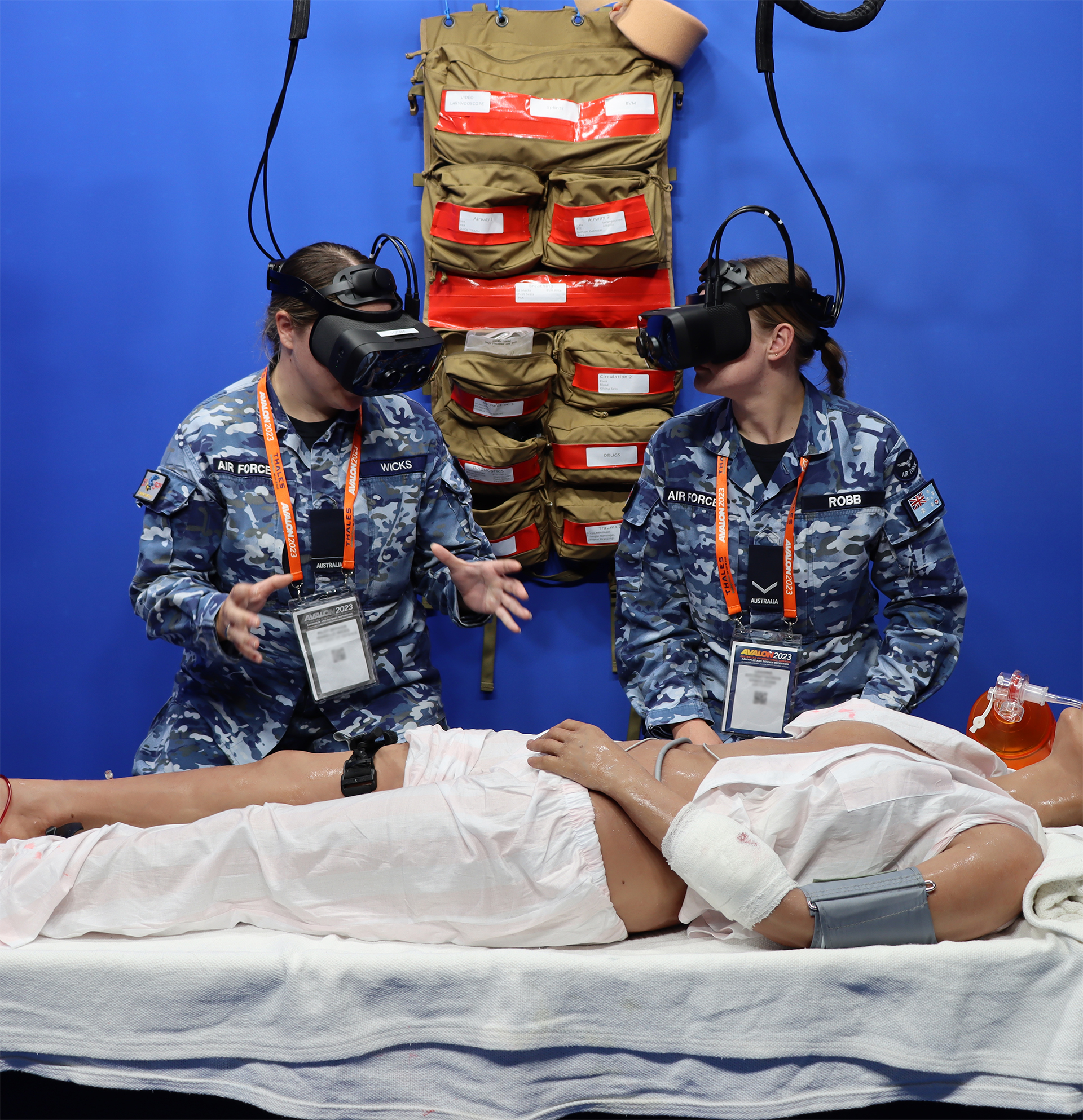Case Volvo – Results:
- Perform design-studies of future cars before they are built
- Avoid tool and software changes, saving a significant amount of money along the way
- Iterate design and UX concepts quickly, testing them in real-life scenarios – literally take your designs for a virtual reality test drive
- Do things in a day that would normally take weeks or longer
Paving the way
Volvo Cars has been using Varjo's mixed reality prototypes in their workflow since the summer of 2018. By adding photorealistic virtual elements to the interior of the car, Volvo Cars designers are able to perform design-studies of future cars before they are even built.
The use of Varjo’s mixed reality enables Volvo Cars to iterate design and UX concepts quickly and to avoid tedious tool and software changes, saving a significant amount of money along the way. “We’ll be able to do things in a day that would normally take weeks or longer,” Casper Wickman says.
When it comes to the design evaluation process, it’s crucial to be able to see the outer shape and proportions of the car, but also the fit and finish between the components, the graining of the leather, and more.
“Varjo adds unprecedented realism, which means we have more faith in the results of our evaluations. And it’s so much faster as there’s no limit to what we can do in mixed reality,” Wickman says.
Test-driving real cars – on real roads
Volvo Cars engineers have been test-driving a real Volvo XC90 car with the driver wearing a Varjo mixed reality headset. Previously this has not been possible with any other device.
“When you’re using XR to drive, latency is as important or more important than resolution. Varjo manages to be extraordinary at both.”
“Varjo is the only device where you can no longer tell what’s real and what’s not.”
Varjo enables Volvo Cars to perform unique user research
With Varjo’s integrated eye tracking, Volvo can understand the relevance and results of user analyses. Eye tracking adds a very big layer of capability and trustworthiness – you’re observing the vehicle as the customer would, so you get a much more efficient view of what’s important and what’s not.
With Varjo, Volvo is able to perform UX studies by keeping as much as possible of reality – the real road, nature, road signs and more – and only exchange the things they want to evaluate, for example a new display or interior, during the virtual and mixed reality test drive.
“When you’re driving with Varjo’s mixed reality device, you actually forget you’re looking through a headset. People using Varjo break when they see a virtual moose crossing the road. Or when a virtual car overtakes our test car, test drivers have asked “Is that car real or not?”.



